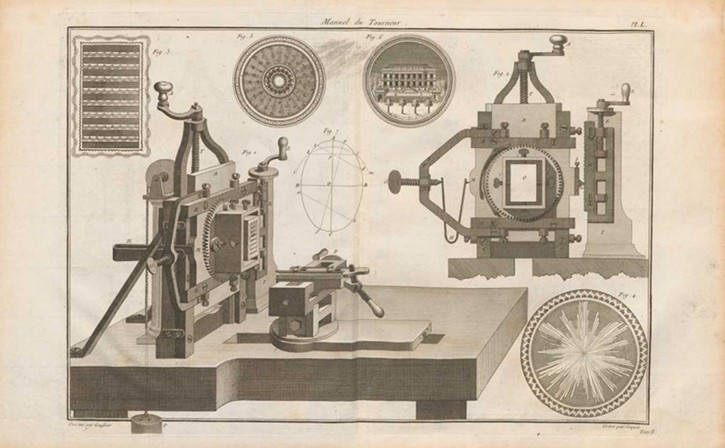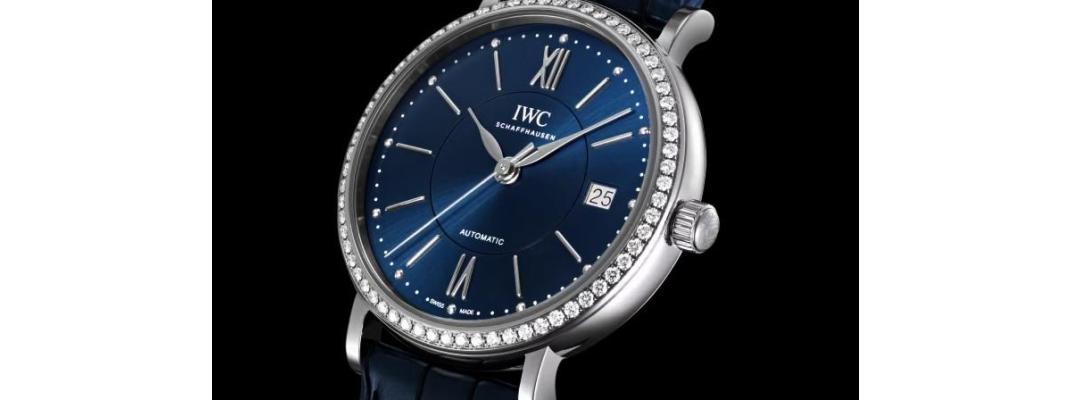Some people prefer sports watches, others prefer dress watches. Each party has compelling arguments, but once we start talking about dials, dress watches take home the prize. Monotonous sports watch dials can’t compete with enamel dials, hand painted dials, and of course guilloché dials.
Guilloché dials on watches are incredibly hypnotizing. From a fine hobnail pattern on a Breguet to the recognizable tapisserie like on a Royal Oak, guilloché is a true form of art.
Where does this incredible technique come from, and which lunatic inventor came up with this idea?
"Guilloché (/ɡɪˈloʊʃ/; or guilloche) is a decorative technique in which a very precise, intricate and repetitive pattern is mechanically engraved into an underlying material via engine turning”
While you might think that Guilloché is fairly new, the technique has in fact been used for hundreds of years. It can be seen in many places you won’t expect to find it. Even though many techniques have been invented or perfected by and for watchmakers, the art of guilloché has been around long before watches existed.
The first engine turning machines were used in 1500-1600, but it is uncertain who invented the technique. Engine turning machines were first used in the middle ages to decorate soft materials. Materials like ivory and wood were often decorated to make it more exclusive and more expensive. Gold and silver was decorated to make it exceptional jewelry.

in 1968, a US patent was granted to a Guilloche machine for Wilhelm Brandstatter, but the technique was used way earlier than 1968.
Even today, guilloché can be found in places you won’t expect. Take a banknote out of your wallet and you will find a guilloché pattern. Many ID cards, certificates, post stamps and official documents have similar patterns. This is used to make it harder to counterfeit these documents, since these patterns are extremely hard to replicate without the right tools.
The art of guilloché was introduced in watchmaking around 1786 by the founder of Breguet, Abraham-Louis Breguet.
He in fact was the first watchmaker to use this technique on a pocket watch. Ever since, Breguet has always been synonymous with top tier guilloché.






